MASLD & Fibroscan (Liver Elastography) Demystified!!
Fatty Liver is no longer an unheard term. The prevalence of fatty liver in India is approximately 30% and that means that nearly one in three person suffers from it. The disease is not as benign as the name and prevalence suggest. This disease is the most common liver disease worldwide. It is on path to become the number 1 reason for liver cirrhosis, liver cancer and liver transplant.
New Terminology
The disease has gone significant change in terminology and is now known as MASLD – Metabolic-Dysfunction Associated Steatotic Liver Disease and recently in 2023 the experts of the world met and proposed the following terminology for types of SLD (Steatotic Liver Disease) or Fatty Liver Disease
- MASLD – Previously NAFLD or Fatty Liver
- MASH – Previously NASH
- MetALD – No previous terminology (Patients also take alcohol in addition).
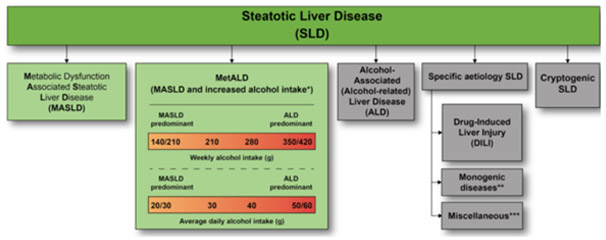
Risk Factors
MASLD and MASH is usually seen in patients who are obese, overweight and suffer from diabetes, hypertension, sedentary lifestyle, thyroid disease and is habituated to eating processed foods and high-fat high carbohydrate diet.
Progression
MASLD can progress over years to end stage liver disease and leads to complications similar to alcohol associated liver disease. It leads to cirrhosis and then ascites, pedal oedema, bleeding, jaundice, encephalopathy, liver cancer and may warrant liver transplant. In early stage when the disease is reversible, it has no symptoms and hence often ignored. When symptoms do develop, it is usually too late to reverse.
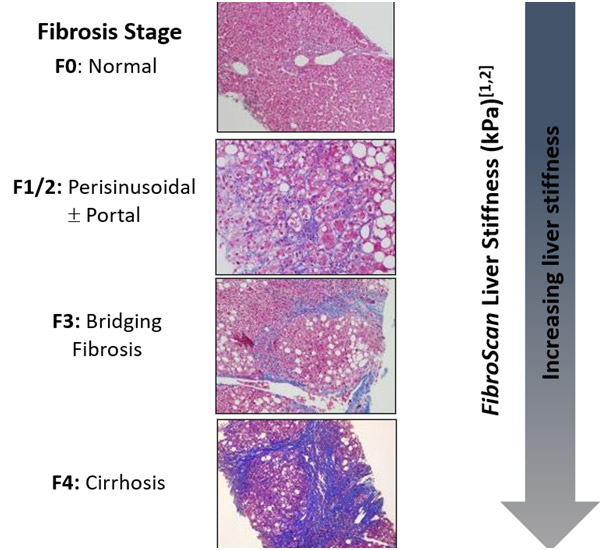
Diagnosis
The diagnosis of fatty liver is based on a sonography or abdominal ultrasound where radiologist will let you know if you have fatty liver. Although, blood tests like liver function tests, lipid profile, HBA1c, CBC and others are often recommended to find out predisposing conditions and complications, it fails to give exact nature of underlying severity or stage of liver disease. For this, non-invasive tests are recommended. These tests are very important to understand the prognosis and treatment prescription. Following image is an idea about some of these tests.

There is a lot of confusion currently in terminology of Fibroscan, Elastography and ARFI. I have created following flow chart to understand this difference.
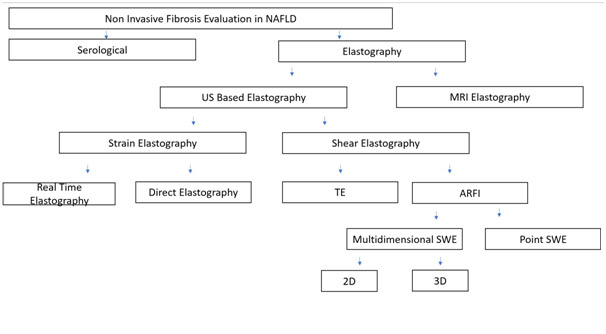 So when your doctor advises elastography, you mayget it done by either of the 4 tests available to us in India – Fibroscan, Fibrotouch, Shear Wave Elastography or MR elastography.
So when your doctor advises elastography, you mayget it done by either of the 4 tests available to us in India – Fibroscan, Fibrotouch, Shear Wave Elastography or MR elastography.
It is Transient Elastography. It is the name of the machine which carries out the test of Transient Elastography. Unfortunately, since this is the first elastography technique and is accepted worldwide, the name is used synonymously for the technique. It is similar to XEROX and photocopy where XEROX is the name of the machine and the function is photo company. Fibroscan is produced by a French company called Echosens. This is the only approved and accepted modality worldwide.
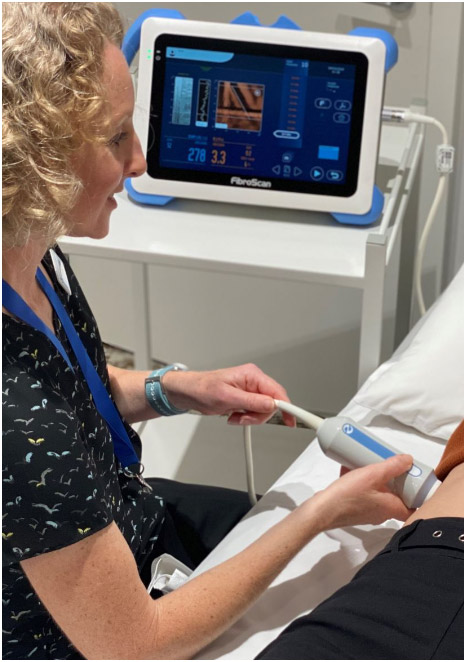
The currently available machines of Fibroscan (430,430 Mini, 502, 530, 630) provide following details
- CAP – Controlled Attenuation Parameter – It tells the patient about the amount of fat in the liver. The ultrasound when gives Fatty liver Grade1,2 or 3, it is a subjective finding while CAP is an objective number which can be used to monitor treatment and risk stratification. A value above 230 is considered significant
- LSM – Liver Stiffness Measurement– It tells you how stiff the liver has become. Stiffer the liver worse is the outcome. The vibration wave generated by the probe travels through the liver and the velocities then picked up to give a definite number. Usually, the number is less than 8 kPa. When the value crosses 14 kPa or above, the chances that the liver has irreversible damage are high. The risk of complications also increases when the value crosses 20 or above.
- SSM – Splenic Stiffness Measurement – It is measured over the spleen and it gives risk of developing bleeding from the foodpipe and stomach secondary to liver cirrhosis. These values still require validation and widespread acceptance
The 402 version of the machine is outdated and no longer accepted. The machine has SMART EXAM to improve the efficiency, interoperability and accuracy.
Fibrotouch
Similar to Fibroscan, this machine is made in Asia and available also in India. It works exactly on the same principle as Fibroscan. Instead of CAP, the machine gives UAP. Although used frequently, a lot of Indian doctors, hepatologists and Gastroenterologists have raised questions about its accuracy.
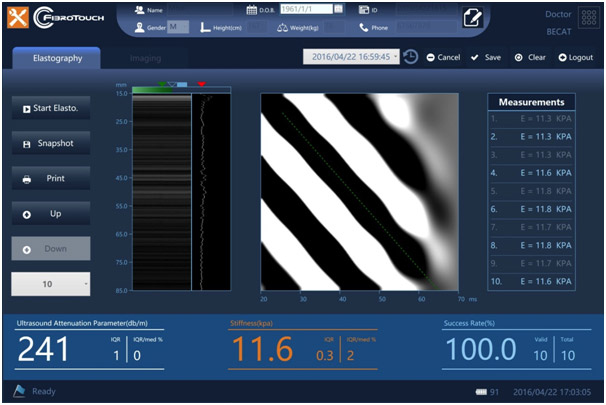
pSWE – Point Shear Wave Elastography
This is type of Elastography which radiologists carry out with the use of their sonography machine. The technique used is different from Fibroscan. Instead of Vibration, the machine uses Acoustic waves and the technique is known as ARFI. The machine provides an advantage of being able to do an ultrasound and elastography with the same machine but it cannot give CAP value and it requires validation to be used as a Fibroscan alternative as of now.
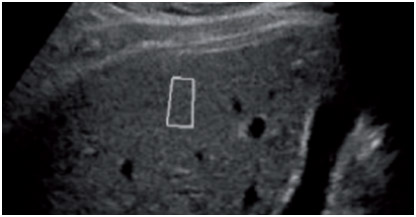
MR Elastography
It is considered one of the best techniques. Availability although is a problem. Only few centres in India provide this facility. It is expensive.

Treatment
The treatment of MASLD is lifestyle modification. If there is fibrosis on the above tests, your doctor might prescribe you medicines to protect the liver in addition. The control of predisposing factors is of paramount importance.
If you suffer from Fatty Liver – MASLD, please contact your Liver Specialist or Hepatologist


Comments
Post a Comment